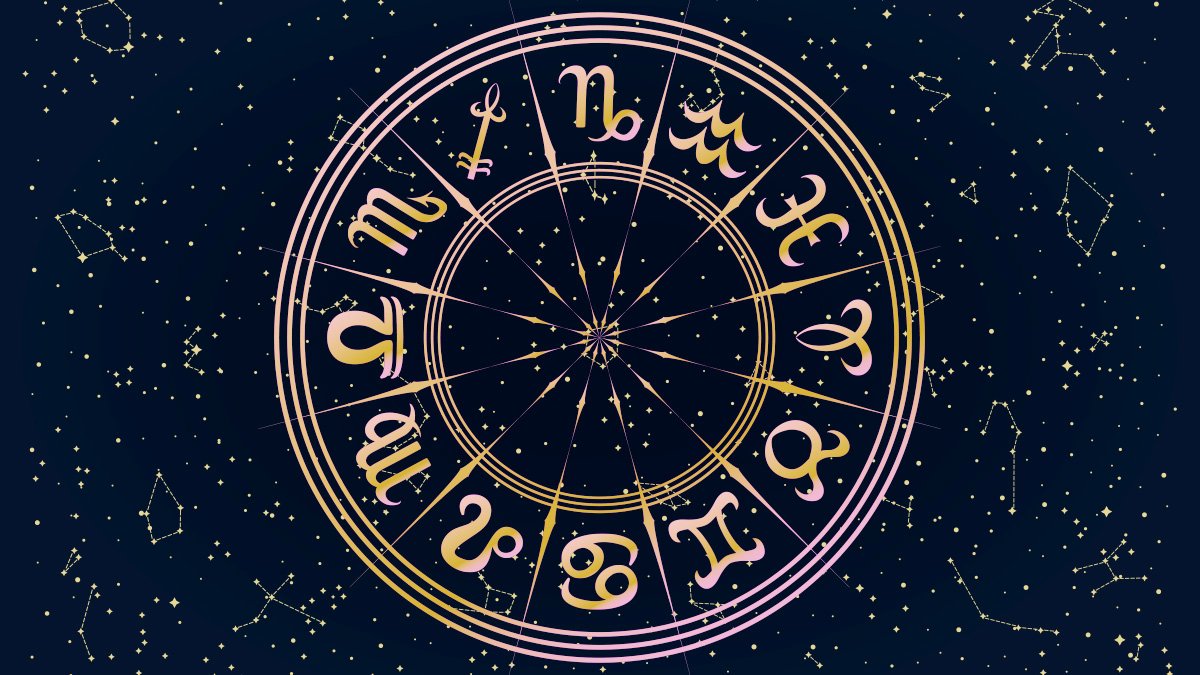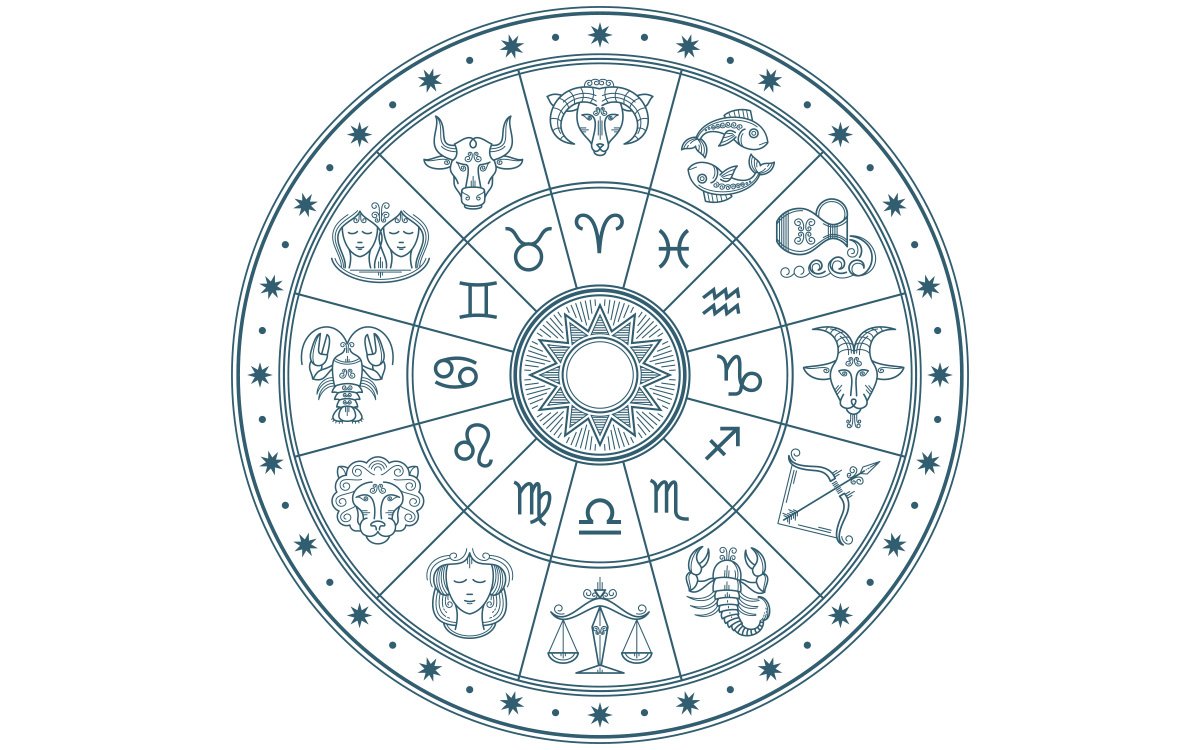Today, Makar Sankranti and Pongal are celebrated all over the country. Read to know the significance of the Makar Sankranti and Pongal.
Makar Sankranti and Pongal are one of the major festivals of Hindus. These festivals are celebrated with great grandeur and enthusiasm across the country. These festivals hold great religious significance in the Hindu religion. On this auspicious day, people offer prayers to lord Surya moves from Sagittarius to the Capricorn zodiac sign.
Apart from Makar Sankranti and Pongal, Magh Bihu is also celebrated in Assam on this day. Every year these festivals are celebrated on January 14 but due to the leap year in 2024, it is celebrated today on January 15. But do you know these festivals have their own significance and stories? To know the significance and how are they celebrated in different ways with some common threads scroll down to read.

Reason and Significance Why we celebrate Makar Sankranti and Pongal.
As we already mentioned a little bit in the introduction about Makar Sankranti, let us know about it in detail. This day is the marker for a change of season where it signifies that the warmer months are coming closer and we are moving away from winter, which is seen as a period of inactivity in many ways.
This is the day that the sun (Uttarayan) is reported to start its northward trek. According to Hindu tradition, the end of January signals the start of longer days. It signifies the Sun turning around and moving towards the north, entering the Makara, or Capricorn, the sign of the zodiac.
Makar Sankranti, which is observed virtually on the same day each year, is a holiday that follows the solar cycle as opposed to most others that follow the lunar cycle. Legend has it that Sankranti, who is revered as a god, slew the demon Sankarasur.

Many believe that worshippers need to take a bath in sacred rivers like Ganga and Yamuna. Worshippers take a dip in these sacred rivers to absolve themselves of their sins and also it seems like a time of peace, prosperity, and spiritual deeds are performed on this day.
In the southern region of the country, Makar Sankranti is celebrated as Pongal a four-day festival which begins with Bhogi. The day is dedicated to cleaning the house and adorning the entryway with rangoli or rice powder, which is created from dried and coloured grains and vegetables.
The main festival is celebrated on the second day and then the third day is celebrated as Mattu Pongal where Mattu means Bull in Tamil and Ponga means the abundance of rice which honors the toil of bulls in ensuring a good harvest.

Everyone makes Pongal, a rice dish with sugar and boiled milk, during this festival. Other festive dishes include lemon and tamarind rice, vadas, vegetable gravies, and sweet rice pudding Payasam. In Karnataka, Pongal is celebrated as Suggi, a harvest festival. Sesame and jaggery ladoos, or chikkis, are popular in northern India. In Bihar, the celebration is known as “khichdi,” after the rice and lentil meal of the same name.
In Punjab, this period is known as ‘Lohri’ where Bonfires are organized and people walk around the fire and throw groundnuts, even popcorn in the present day, into the blaze. In Gujarat and Rajasthan, competition kite flying took place at an International Kite Festival in Ahmedabad. Sky lanterns are flown at night during kite festival.

According to Hindu epic stories, anyone who dies on Makar Sankranti is granted Moksha or Salvation instantly. It is reported that during the Mahabharat conflict when Bhishma Pitamah was gravely hurt and in his last breaths, he kept alive till the Sankranti day since it was believed that dying on this day guarantees you quick moksha.










